- projects
- new species
- irish dormouse monitoring project
We propose to undertake further survey works in order to ascertain the current status and distribution of this species in Ireland.
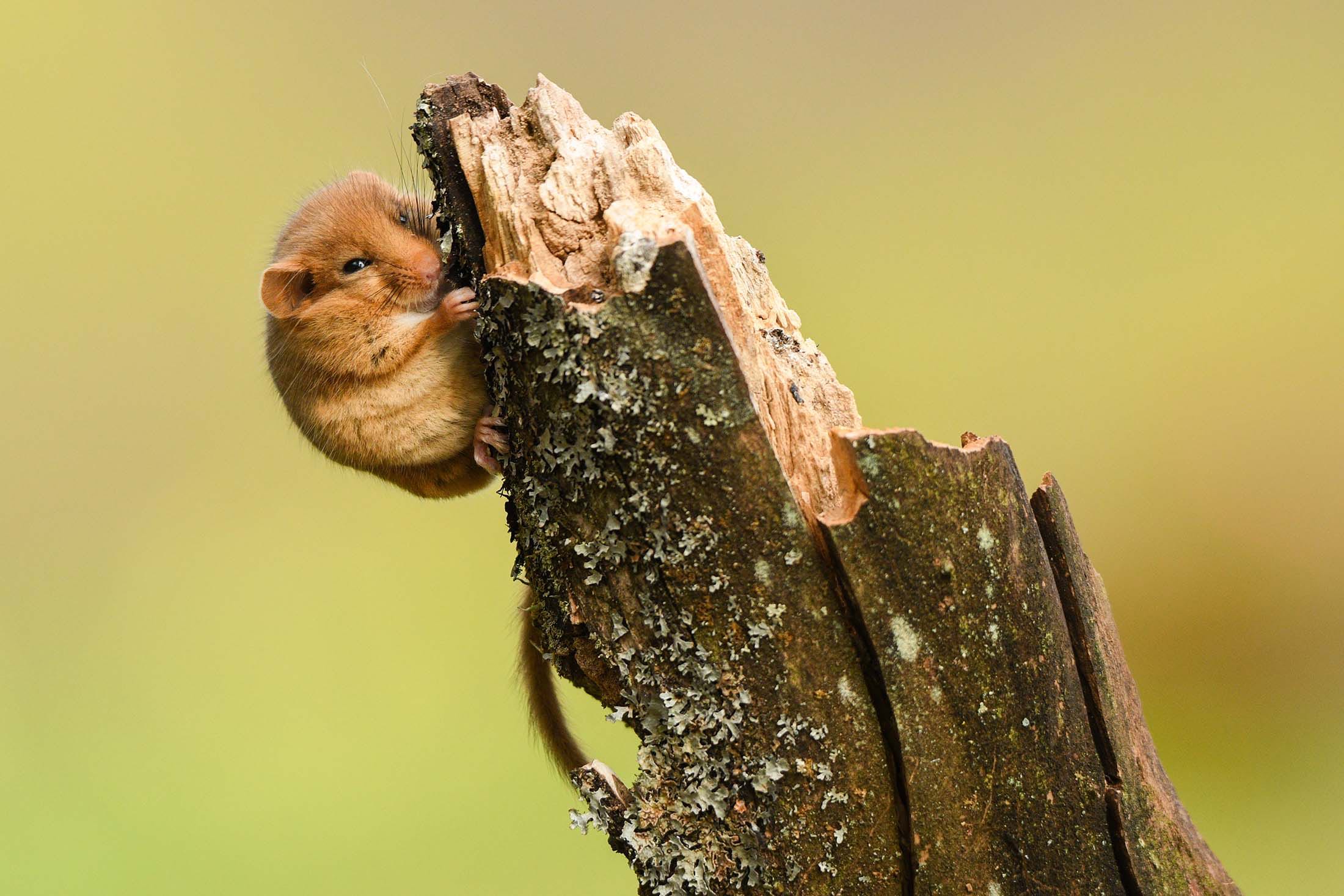
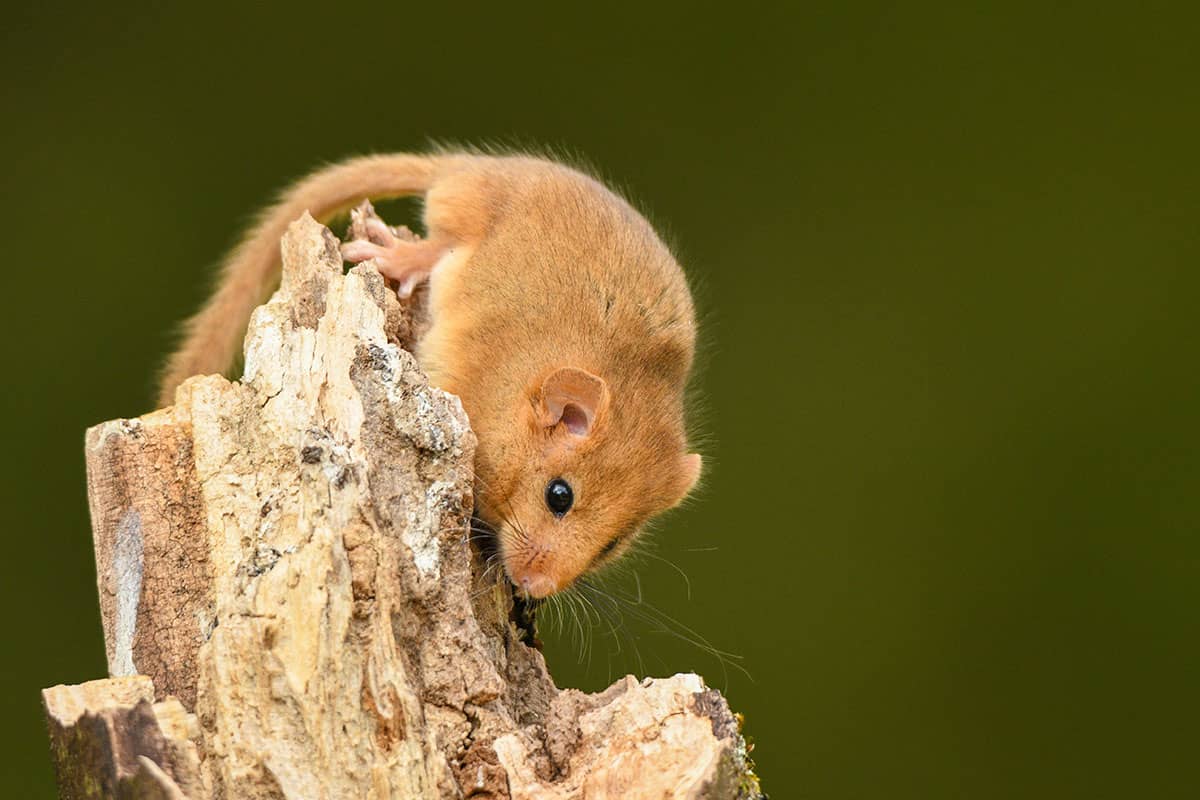
We propose to undertake further survey works (10-years after the initial distribution survey) in order to ascertain the current status and distribution of this species in Ireland. Research will also consider the ecology of this species in Ireland and what factors are influencing the apparent successful and rapid colonisation of Co. Kildare and surrounding areas. We will partner with an Irish university to provide additional students and on-going advice for the proposed monitoring programme.
The hazel dormouse Muscardinus avellanarius was first reported from Ireland (Co. Kildare) in 2010. DNA analysis subsequently showed that the animals recorded in Ireland are more closely related to animals from western Europe rather than Britain. It has been speculated that they may have arrived with hay importation from France (during one of the previous winter fodder crises), but this remains to be proven.
Investigations into the range occupied by the dormice was undertaken by researchers from NUI Galway; demonstrated that as of 2014, the dormouse occupied a 30km2 area of Co. Kildare around the Newbrige-Nass region. This is a rather remarkable spread, given that the area in which they are located contains two motorways as well as the River Liffey. Conservation manuals often describe dormice as rather sedentary, restricted to ancient (coppiced) woodland and not likely to cross open farmland. While this area is also amongst the most intensively managed in Ireland, with many large open horse farms and arable lands. Clearly there is much still to learn about this species and this new population in Kildare could unlock knowledge that could assist with conservation management measures in parts of its European range where it is in decline.
24 March 2025
50 Dormouse boxes, checked, cleared, and numbered
25 May 2024
The inaugural 2024 monitoring season didn’t disappoint. First box opened and look who I met!
25 May 2024
In box 37 came the pièce de resistance; with half a dozen dormice in the box. I was enthralled and amazed in equal measure. On closer inspection, there was a single adult and 5 juveniles.
04 April 2024
Almost ready for the monitoring to commence for 2024
Recieve detailed updates by joining Wild Gaia
Help support us by sharing the project
Make a direct contribution to the project
As of late 2023 no further work on the status and distribution of the dormouse in Ireland has been undertaken. Also, given that the native populations throughout England are in decline, some consideration of the apparent recent rapid spread of the dormouse in Ireland is of conservation interest.
We propose to undertake further survey works (10-years after the initial distribution survey) in order to ascertain the current status and distribution of this species in Ireland. Further scientific investigations will also consider the ecology of this species in Ireland and what factors are influencing the apparent successful and rapid colonisation of Co. Kildare and surrounding areas.
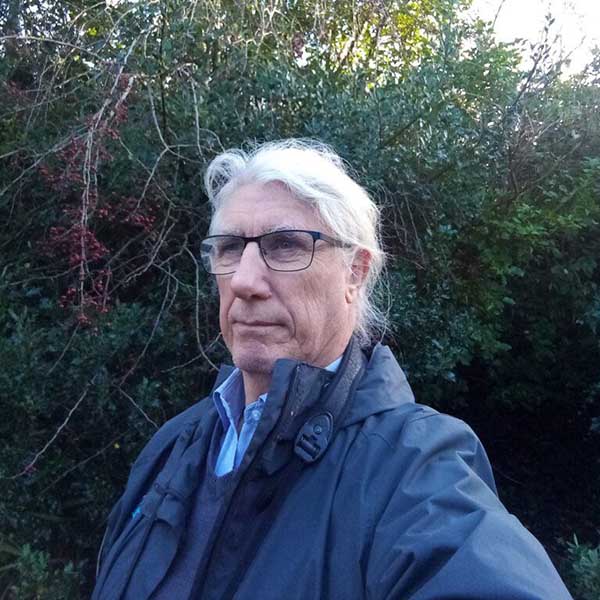
brian sutton
Senior Ecologist
Cliodhna Loughran
Research
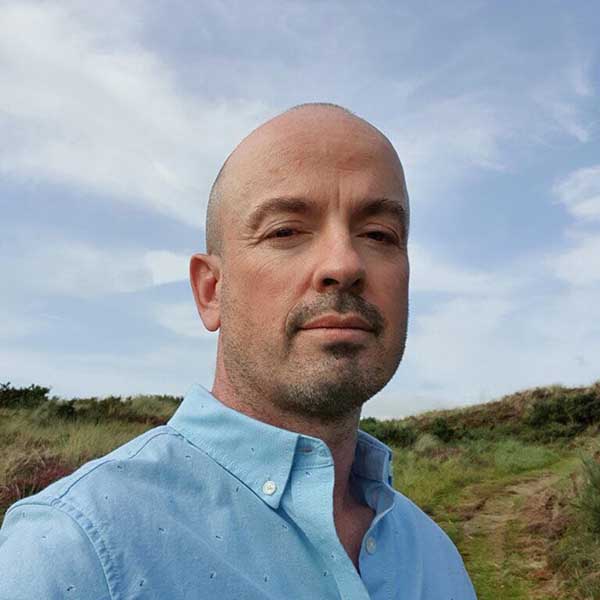
cormac loughran
Founder
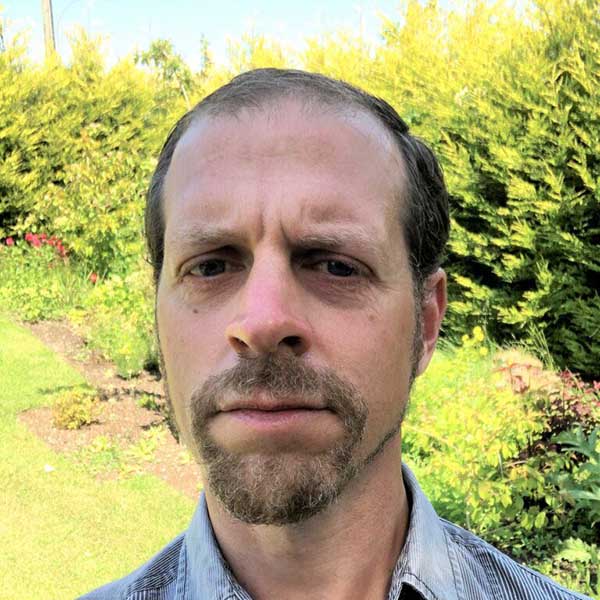
karl hamilton
Raptor Ecologist
https://www.wildlifetrusts.org/wildlife-explorer/mammals/hazel-dormouse
https://www.woodlandtrust.org.uk/trees-woods-and-wildlife/animals/mammals/hazel-dormouse/
Distribution of the non-native Hazel Dormouse (Muscardinus avellanarius) in Ireland
Emma Sheehy and Colin Lawton. Mammal Ecology Group, School of Natural Sciences, Ryan Institute, National University of Ireland, Galway.
THE ORIGINS OF THE COUNTY KILDARE DORMOUSE
Deborah G. Glass, Dawn M. Scott, Daniel Donoher and Andrew D.J. Overall
Join us and become part of a community committed to restoring Ireland’s natural beauty: